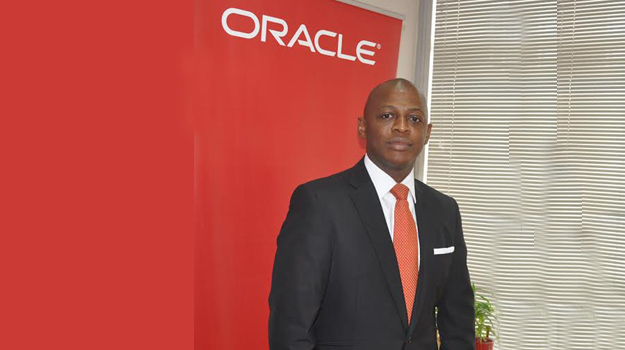By Adebayo Sanni
To date, the real meat and potatoes of the cloud – the transformational cost and performance benefits it brings to businesses – has been somewhat obscured by the technology debate. This is only natural. The cloud is new and it is innovative, so it is not surprising that the industry has focused on defining exactly what it is.
As a consequence, the very thing that makes the cloud exciting – how it can dramatically improve business efficiency and productivity – has been shrouded in a fog of acronyms (ITaaS, DBaaS, SaaS, and so on), as well as debates over which ‘flavour’ of cloud is best: public, private or hybrid. This technology-centric view of the cloud brings unnecessary confusion and complexity to something that should in fact be simple.
Take SaaS. For some businesses, SaaS and cloud are synonymous. In fact, SaaS is simply one element of the cloud. Moreover, businesses are beginning to realise that SaaS is only a baseline cloud service that must ultimately be tied to other business functions to deliver the right business solutions.
Advertisement
It is also becoming clear that the debates that have raged over the various merits and demerits of private and public cloud are largely illusory. Rather than making an either/or decision on whether to use public or private cloud, businesses are discovering that the cloud is about finding the right solution to each and every unique business challenge. In some cases, the answer will be a private cloud implementation; in others, a public; in others still, a combination of the two.
Similarly, any notion that on-premise applications and infrastructures will disappear entirely in the wake of faster, less expensive and more agile cloud alternatives simply does not hold water. The nature of certain business functions means that some form of on-premise approach will always be required.
Take some financial services organisations; much of the customer data they process is highly sensitive, making it unlikely that all will feel comfortable hosting their business applications in the cloud (although it should be noted that many do). Similarly, public sector organizations cannot rely solely on public cloud services due to tight compliance requirements around the data they work with.
Advertisement
Businesses are becoming more practical about what should and should not be put in the cloud. We are therefore entering a new and exciting era in the cloud debate. Technology is finally beginning to take a back seat to what really matters: understanding how and where cloud can make businesses more successful.
Business solutions have always been about achieving specific capabilities to overcome roadblocks or improving business performance, and the cloud is no different. Determining what functionality is required will be the first step in deciding which platform is right for the business. As long as a company feels secure, the delivery system becomes less important.
Business leaders will need to balance their needs, constraints, and security concerns to ultimately choose the solution that ticks all the boxes. For example, an online retailer will value agility above all else and be more inclined to run some mission-critical apps on a flexible public cloud platform. On the other hand a multinational with many brands under its umbrella will likely need to consolidate many of its processes internally for logistical and security reasons.
The potential this practical approach the cloud opens is huge. Today it is already possible for businesses to select cloud applications from service catalogues to meet specific business challenges (for instance, the HR team could select from a range of talent management solutions to find a service that meets their selection criteria perfectly – whether that is cost or scalability). These capabilities are set only to become more powerful.
Advertisement
For example, I believe that in the next five or so years fewer people will buy complete off-the-shelf applications. Instead, it is likely that business users will select components of apps according to their needs and integrate them into what is effectively a bespoke application. Businesses will be able to benefit from database-as-a-service to develop new applications in a public or private environment, depending on their preference. This approach is enabled by the cloud, but it still at its heart good business sense – understanding what the business challenge is and then finding the best way to address it.
The cloud is beginning to mature and as it does so too does the way in which we view it. Businesses must worry less about which letters (S, DB-, P-, I-, etc.) precede their cloud service and instead view the cloud for what it is: a channel for connecting business challenges with the solutions that address them best.
This is what we mean by ‘cloud applications in a post-technology world’: it is about bringing meaning back to the cloud by demonstrating what it delivers rather than how it is delivered.
Sanni is country director of Oracle Corporation
Advertisement
Advertisement






